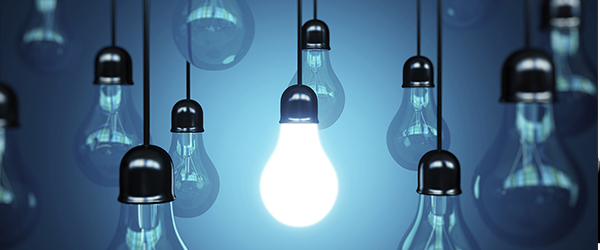As Electricity Demand Climbs, Commercial Energy Customers Can Take Steps to Lower Their Spend

The growing demand for electricity is being driven by a range of factors, reflecting both technological advancements and evolving business operations. This creates a significant challenge for energy customers, as rising demand leads to market volatility and higher prices — highlighting the importance of proactive energy management solutions to reduce costs and improve operational efficiency in an increasingly power-dependent world.
How rising demand puts pressure on the market
Rising electricity demand has had a significant impact on energy prices, influenced by several key factors:
- Supply and demand dynamics: As demand rises and tightens the supply-demand balance, market volatility and scarcity pricing become more likely, particularly during peak periods.
- Fuel costs: Electricity prices are tied to the cost of fuels used for generation. As demand for these fuels increases, prices are likely to climb. While the grid is transitioning to renewables, natural gas producers anticipate a significant demand spike over the next decade, as renewables alone may struggle to meet AI-driven demand.
- Infrastructure investments: To meet rising demand, utilities must invest in costly new power generation, transmission lines, and distribution infrastructure. The integration of renewable energy sources, while critical, requires additional infrastructure investment, further driving up costs.
The specific impact on your energy prices will depend on your region's energy mix, market structure, and government policies. So, what does this mean for your business and its bottom line? Ultimately, this uncertainty underscores the important role of taking action where you can.
Why your business should focus on energy efficiency
In a landscape where market volatility, weather, and rising energy demand are beyond your control, the most effective strategy is to focus on what you can influence. Energy efficiency measures and demand-side management programs can help mitigate price increases by reducing your overall electricity consumption. By analyzing data on how and when your facilities use energy, you can develop a robust efficiency plan to lower your overall energy spend.
An efficient business is a more profitable one. Here are some actionable steps you can take to improve energy efficiency and generate savings:
- Conduct an energy audit: A professional energy audit is the first step to understanding your consumption patterns. It identifies where energy is being wasted and provides a clear roadmap for improvements.
- Upgrade to energy-efficient lighting: Switching to LED lighting is a straightforward and effective way to reduce energy use. According to ENERGY STAR, LEDs used in commercial spaces use up to 90 percent less energy and last up to 15 times longer than traditional incandescent bulbs, offering significant long-term savings.
- Optimize HVAC systems: Heating, ventilation, and air conditioning systems are major energy consumers. Regular maintenance, installing programmable thermostats, and ensuring proper insulation can reduce HVAC energy use by up to 20%, according to ENERGY STAR.
- Invest in energy-efficient equipment: When it's time to replace office equipment or machinery, choose ENERGY STAR-certified models. These products are designed to meet strict energy efficiency guidelines set by the U.S. Environmental Protection Agency, ensuring lower operational costs.
Rising energy demand highlights the critical role of efficiency. By taking proactive steps to manage your energy consumption, you can protect your business from price volatility and achieve sustainable savings.
To develop a customized energy strategy that addresses your specific needs and drives the best possible outcome for your business, contact the IGS Energy team for a consultation today.